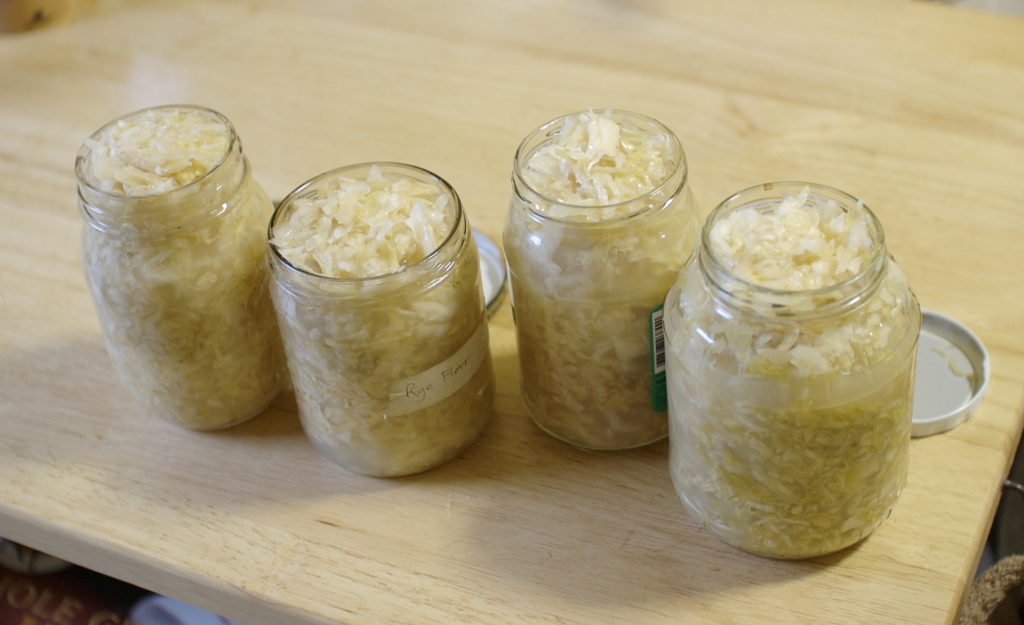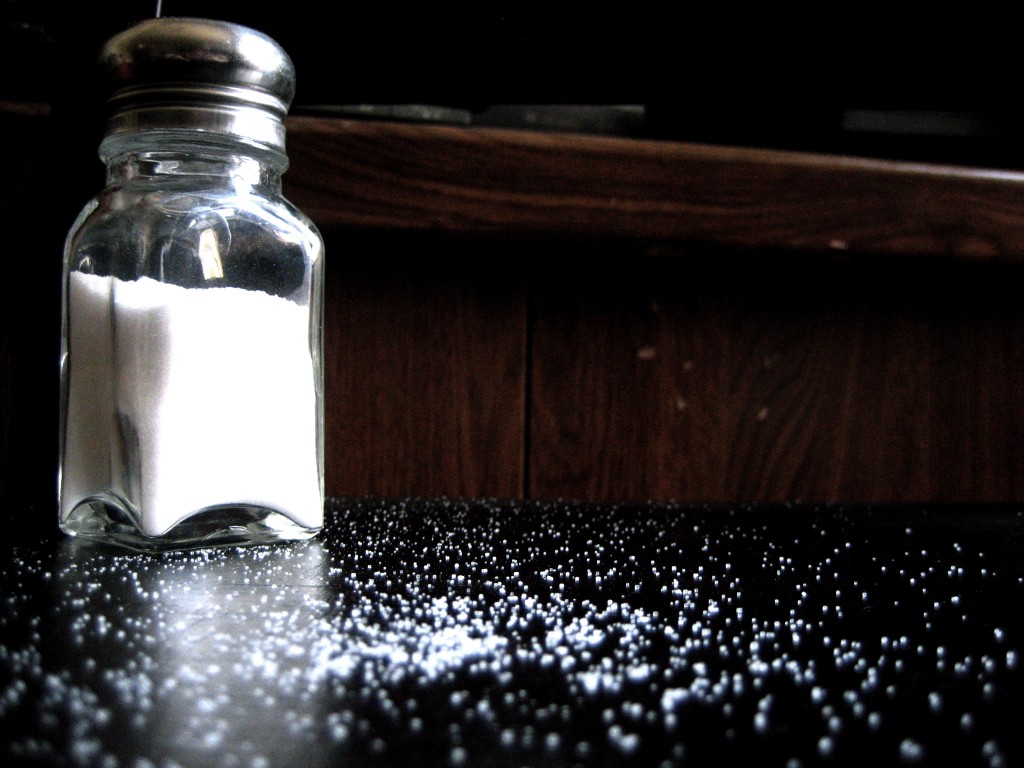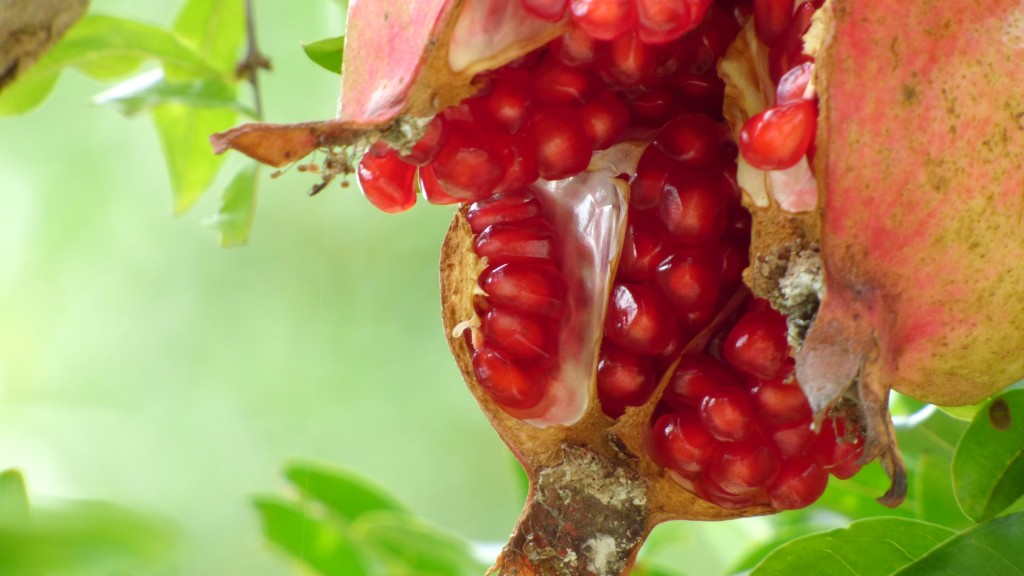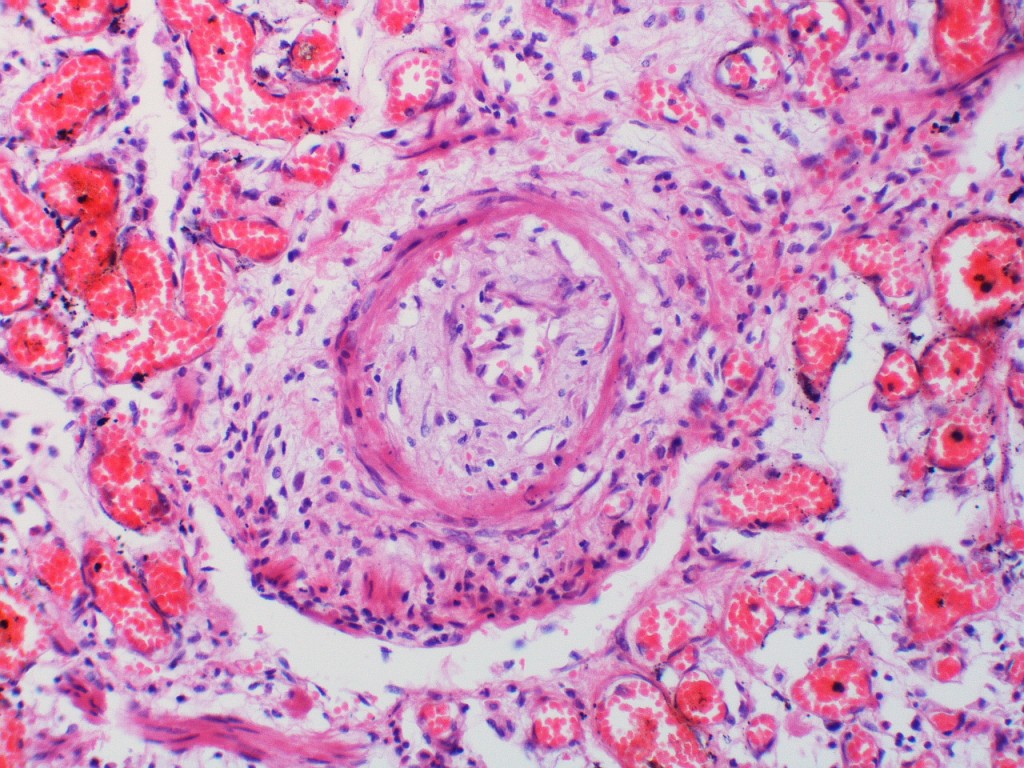
Hypertension: Salt Still Matters
Photo Credit: Peppered Jane, via Flickr Creative Commons
The relationship between how much salt we consume and the development of hypertension has been debated for decades. Hypertension, which is high blood pressure, is a common but dangerous condition. High blood pressure increases your risk for heart disease, stroke, kidney disease, cancer, osteoporosis and dementia. Approximately 1 in 3 adults in America have hypertension, but many are unaware they have it because there are no warning signs, which is why it’s called the “silent killer.”
We maintain that the best practice is for everyone to limit sodium to 1500 Milligrams a day
Why Follow the AHA Recommendation
Recent studies have shown that a certain amount of salt consumption may not be harmful, which is the reason for the confusion. Researchers found that there is a strong connection between salt consumption and hypertension mainly if a person has a sensitivity to salt. Because salt sensitivity is still very difficult to pinpoint, however, we maintain that the best practice is for everyone to continue to limit excess sodium. The consensus of the American Heart Association and other public health organizations is that excess sodium has a significant impact on hypertension. The AHA recommends that you should limit your salt consumption to 1,500 milligrams a day. That level is associated with a significant reduction in blood pressure, which in turn reduces the risk of heart disease and stroke.
Why We Crave Salt
Your body does need some sodium-to maintain the right balance of fluids, transmit nerve impulses, and contract and relax your muscles, but this requires only 500 mg per day. On average Americans consume 3,400 milligrams of sodium a day, which is twice the recommended amount. It is estimated that almost 80% of sodium intake comes from packaged, processed foods and restaurant food. Keep in mind that just 1 teaspoon of salt has 2300 mg of sodium, so it’s important to be mindful when using the salt shaker in order to stay within the recommended limit.
Research shows that salt craving may be addictive. A 2011 study published in PNAS by Duke University and Australian researchers found that dopamine, the neurotransmitter that makes us feel good, gets released when we consume salt. A craving for dopamine-induced pleasure becomes even stronger when we are under stress. Even though salt itself is not addictive, the dopamine release that happens when we consume salt can be addictive and therefore makes us crave more salt.
The Great Salt Debate
The source of the public confusion about the effects of salt consumption is because of recent conflicting research. A 2014 meta-analysis study published in the American Journal of Hypertension that compared mortality rates and frequency of cardiovascular events from both a high and low sodium intake concluded that people who consumed up to 4900 mg a day of sodium had a lower risk of death and cardiovascular events than those with lower and higher intakes.This study received a lot of public attention because it went against the long-standing message about the benefits of limiting salt.
Another July 2016 study published in The Lancet showed similar results. This study examined the association between sodium, cardiovascular disease, and death from all causes. Overall, those who consumed less than 3000 mg of sodium on average had poorer health than those who consumed a moderate amount (between 4000 mg and 5000 mg). Those who consumed over 7000 mg of salt had harmful health outcomes only if they were sensitive to salt. The study found a high sodium intake is associated with an increased risk of cardiovascular events and death in people with hypertension and sensitivity to salt, but there was no association in those who did not have hypertension. This data suggests that it’s best for those with hypertension to decrease the amount of salt they consume.
Salt Sensitivity
Newer gene studies are shedding light on the mixed messages around salt consumption. Some individuals are genetically “salt sensitive” or “salt resistant,” which impacts their response to salt. For example, a 2012 study published in the Journal of Hypertension states:
“High blood pressure (BP) is a complex trait determined by genetic and environmental factors, as well as their interactions. Over the past few decades, there has been substantial progress elucidating the genetic determinants underlying BP response to sodium intake, or BP salt sensitivity.”
Salt sensitivity has been associated with increased cardiovascular disease and reduced survival even in salt sensitive individual without hypertension, which is why it’s important to identify salt sensitivity.
The problem is that accurate testing of salt sensitivity is labor intensive and expensive. At this time there are no laboratory tests for salt sensitivity, so it is difficult to detect if someone is sodium sensitive, especially when they don’t exhibit symptoms of hypertension. Salt sensitivity and resistance can be influenced by race and ethnicity, age, body mass and diet. For example, older people, people of African descent, and women tend to be sensitive to salt.
Salt sensitivity can be managed by improving the overall quality of one’s diet: eating whole foods, reducing sodium, avoiding or limiting packaged or processed foods, and increasing foods rich in potassium such as produce. (For more information on sodium and the impact of potassium on hypertension and heart health we recommend Ornish Living article, Sodium and Potassium: A Delicate Heart-Healthy Balance). A whole-food, plant-based approach has been shown to be effective in lowering blood pressure. A 2014 meta-analysis study published in JAMA 2014 shows that vegetarian diets are associated with lower blood pressure.
The good news is that your palate can adapt quickly to these changes. Most of us have about 10,000 taste buds, each one made up of 50 to 150 receptor cells that live for only 1 to 2 weeks and then are replaced by new receptors. So after adopting a healthy whole food, plant-based approach to eating for about 2 weeks, you’ll not only begin to taste and enjoy more subtle flavors, but your craving for salt will decrease.
Quick Tips on Managing Salt Sensitivity
Adopt a healthy lifestyle such as The Ornish Lifestyle Program.
- Avoid or limit processed, packaged foods.
- Limit baked goods.
- Avoid adding salt to food. Use other flavor enhancers such as spices. (See Ornish Living article, Spice it up: It’s Good for You.)
- Follow a plant-based approach, rich in minerals such as potassium, magnesium and calcium.
- Read Labels. A low sodium product is < 140 mg sodium per serving; however, it is important to put this into perspective of your total daily intake.








